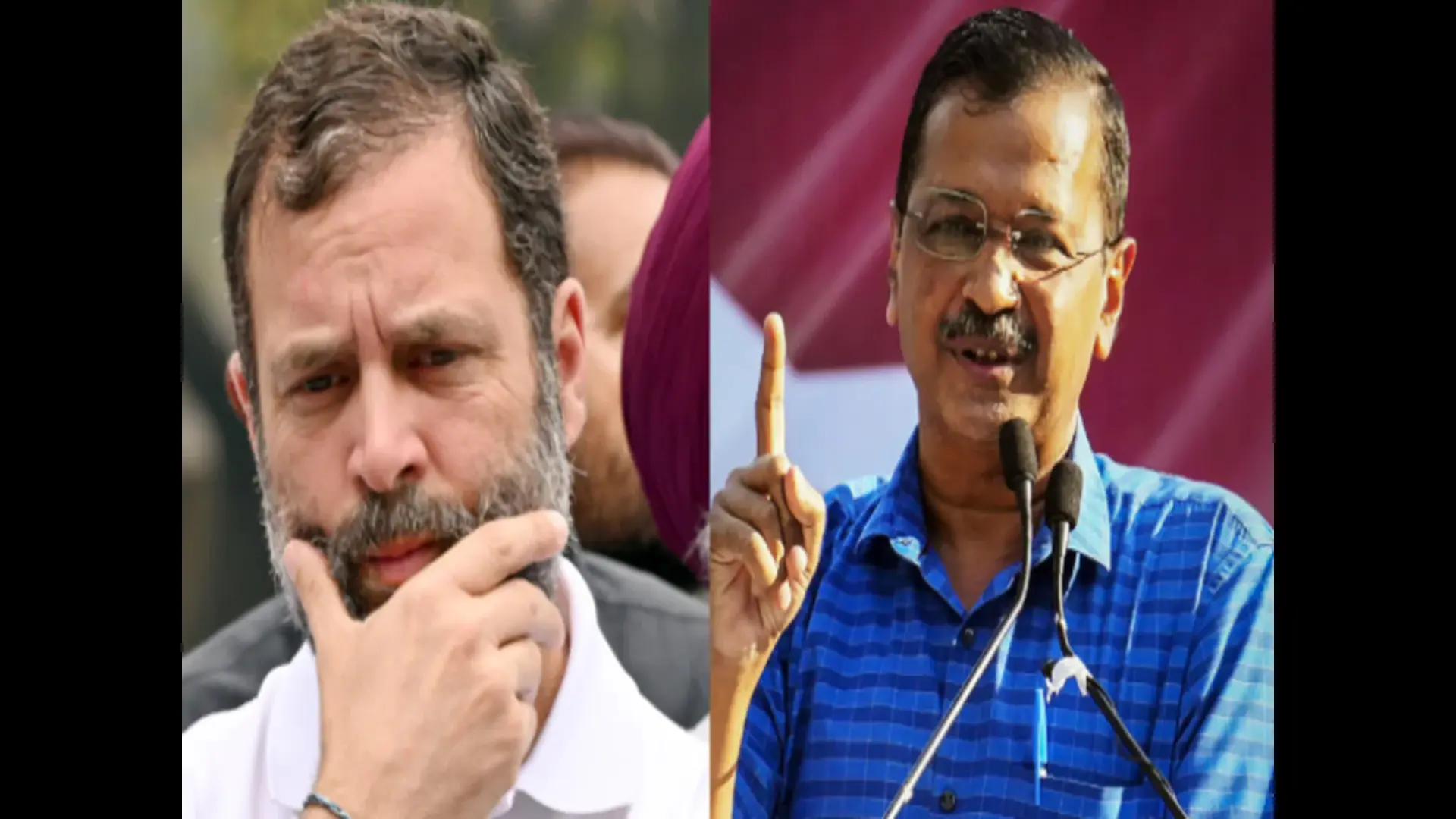Education is a national building tool that is historically linked to the progress of all nations. With high levels of youth unemployment, rising inequality, a significant gender gap and an urgent need to boost inclusive growth in many countries, India has no time to lose in providing the best education possible for all students. The announcements made in NEP-2020 are a signal to the world that India is setting the stage for conquering 2020-2030. NEP-2020 is a harbinger of hope, progress and a potluck of great practices from across the globe.
National Research Foundation
The race to the top of the world often begins with the prowess of research and intellectual property that it holds in the form of patents and innovations. NRF that will be set up through an Act of Parliament to fund, mentor, incentivise and build capacity for quality research across the country in all disciplines will allow India to compete with the US and China. The amount of wealth and opportunities R&D can create is humongous and let me take you through some numbers. Between September 2018 and August 2019 Stanford received $49.3 million in gross royalty revenue from 875 technologies for subjects as varied as antibody therapies, data analytics, digital music, recombinant DNA, etc. Forty-nine of the inventions generated $100,000 or more in royalties and five inventions generated $1 million or more. The race for research and patents was dominated by the US and Japan until 2000 and in the last decade, China has upped its ante and is among the top three in the world. NEP’s clear vision to promote research will yield dividends in the long run when we will start seeing India in an annual report published by the World Intellectual Property Organisation alongside or ahead of China.

Teacher Education
Schools with outstanding performance are schools where teachers learn — not only students.
Though Finland is often quoted as an exemplar model of education, The Finnish story was the result of a long, slow and steady process, not the result of a single policy, programme or administration. Most observers have come to believe that, if there is a key to the success of the Finnish system, it is the quality of their teachers which is an outcome of restructuring teacher education, with the responsibility for teacher training moving to Finland’s universities.

Similarly, NEP aims to ensure that teachers are given the highest quality training in content, pedagogy and practice by moving the teacher education system into multidisciplinary colleges and universities. NEP brings focus on universal high-quality teacher education, typically one to four years in duration, featuring extensive clinical training as well as coursework. Apart from mentoring for all beginners, a reduced teaching load and shared planning time would add impetus to the initiative.
Curriculum Revamp: Integration

The boldest of the decisions in NEP come in the curriculum. Kudos to the new Ministry of Education for breaking the barrier of subjects and giving birth to an integrated curriculum that will allow children to pursue learning holistically without the restrictions often imposed by subject boundaries. The important 21st-century skills such as critical thinking, creative thinking, citizenship, character development and communication transcend the disciplines. Thus, it makes sense that curriculum integration offers an effective way to teach and maintain these 21stcentury capabilities and possibly boost academic achievement. The US has successfully demonstrated the working of STEM where science, technology, engineering and mathematics were integrated. The evolution of STEAM from STEM to include arts is remarkable and NEP has a similar vision.
Reduction of syllabus
The proposed reduction in the syllabus could be a double-edged sword and we have a lesson to learn from the yutori (relaxation) education reform of Japan. The yutori education policy is a set of school reforms that were aimed at depressurising school life which had been gradually introduced since the late 1970s and faded out in the 2000s. It is primarily known for large cutbacks in subject contents and school hours. The yutori reforms did not lessen the pressure on students to do well in school nor did they reduce the competition in the educational race significantly. Instead, new demands were created over the last two decades, which are likely to be filled by the Japanese juku-industry (Local tutoring/coaching). There are many other interesting developments including support for gifted students, mental and physical health and well-being of all students, books with local content and multilingualism that are commendable.

The need to draw parallels between the proposed educational reforms and developments across the globe arose as we are witnessing a new India emerging in the world map which is happy to share the gift of yoga and willing to imbibe the best practices from everywhere. Rising India gives equal importance to its roots as much as it does to its wings. This new India and the people driving such policies are making unprecedented efforts to give birth to a pulsating and dynamic country. An India that aims to be among the top three economies in the world and that dares to make bold decisions to get there. Will the NEP act as the compass while India sets its sail to conquer the world? Only time will tell.
The author is a well-known educationist and CEO of Meccademia Education Group with its presence in UAE, Netherlands and US.




















